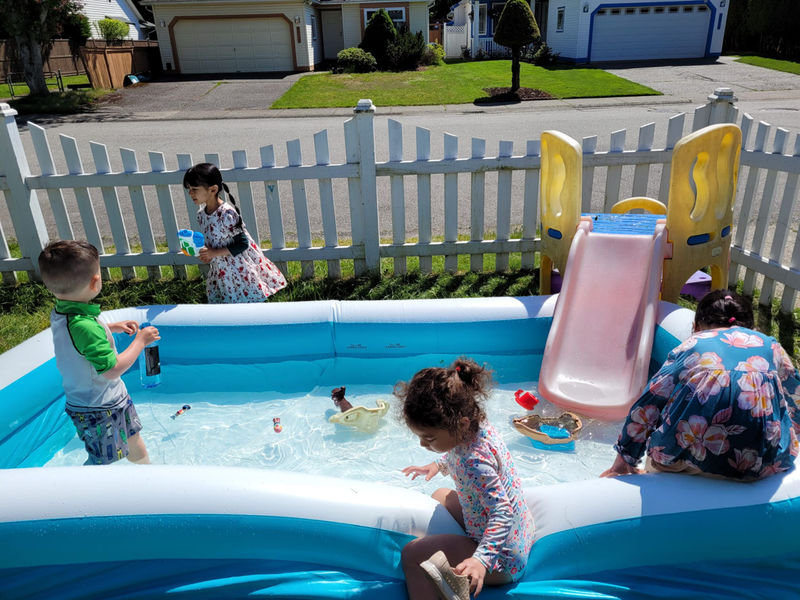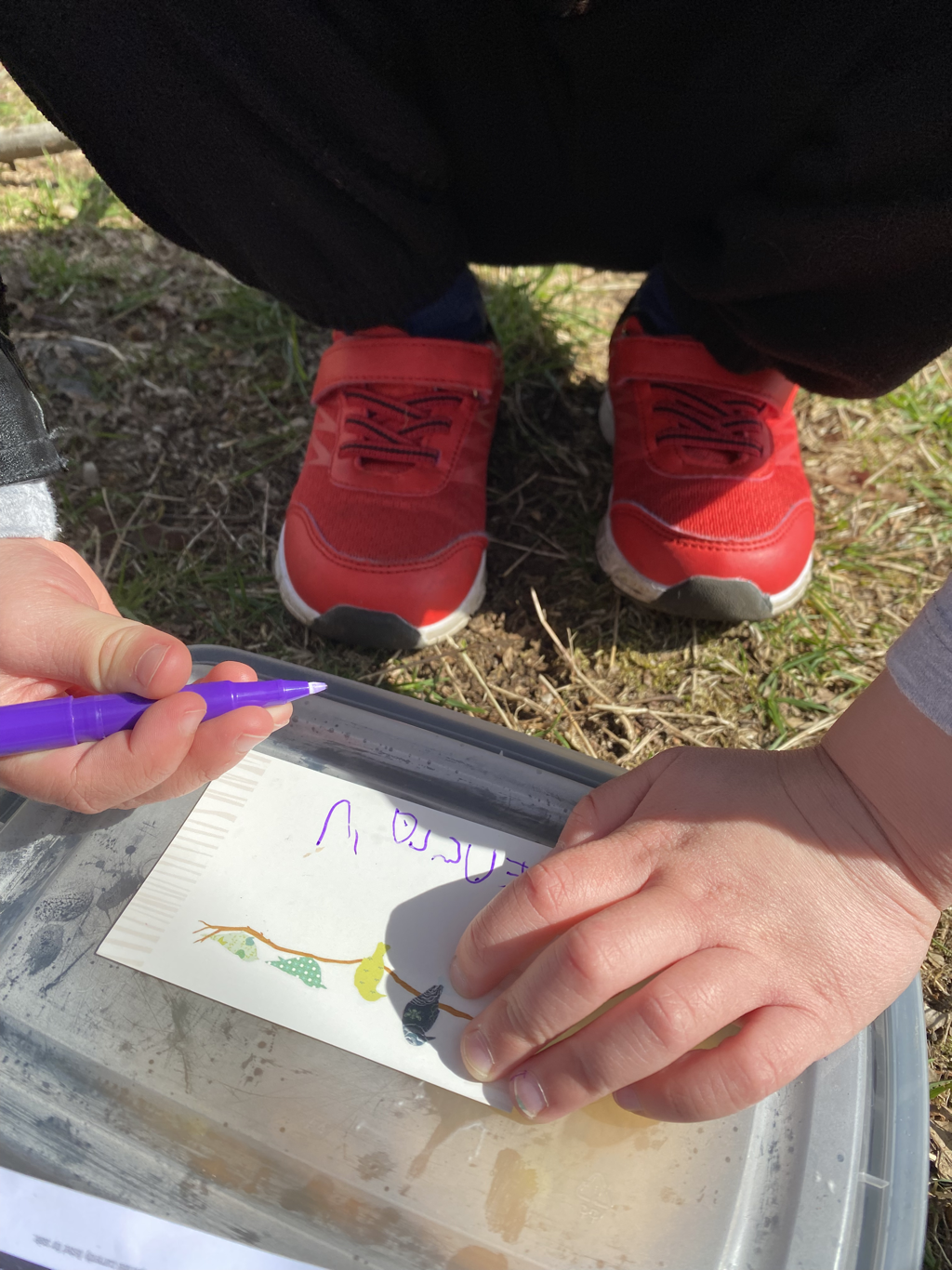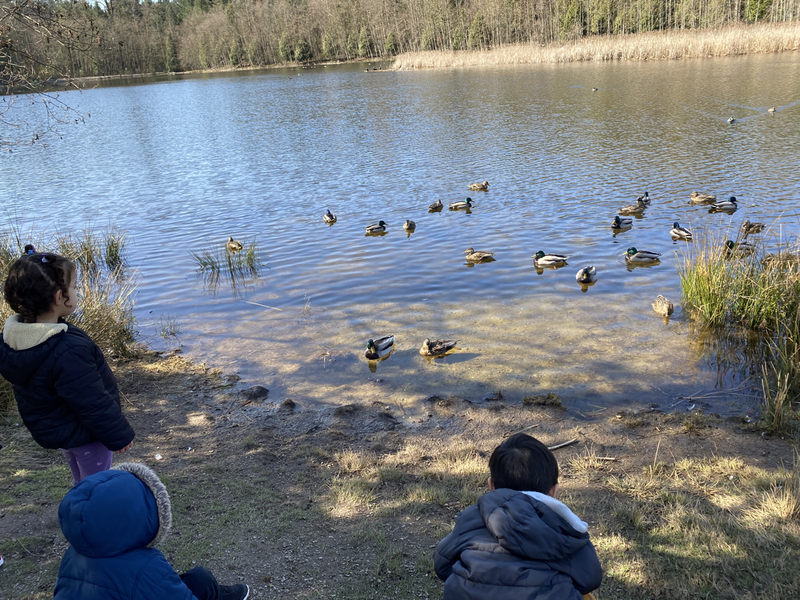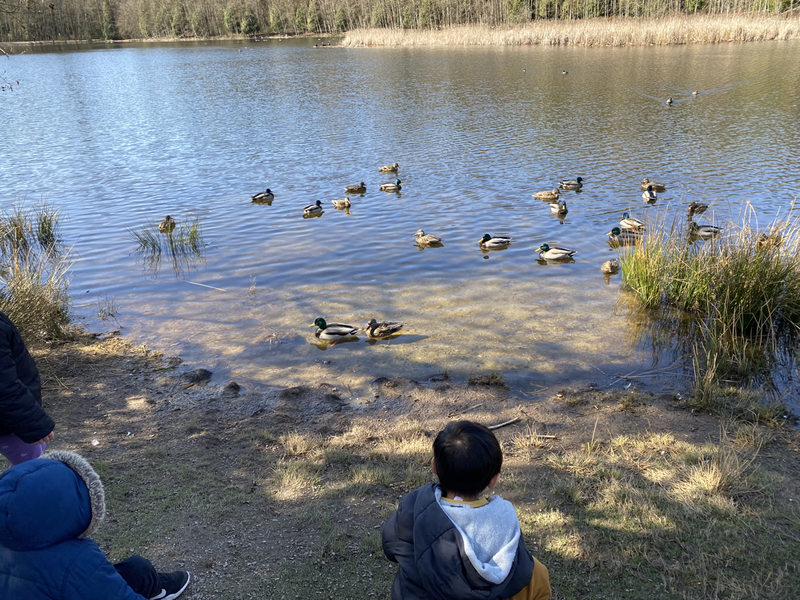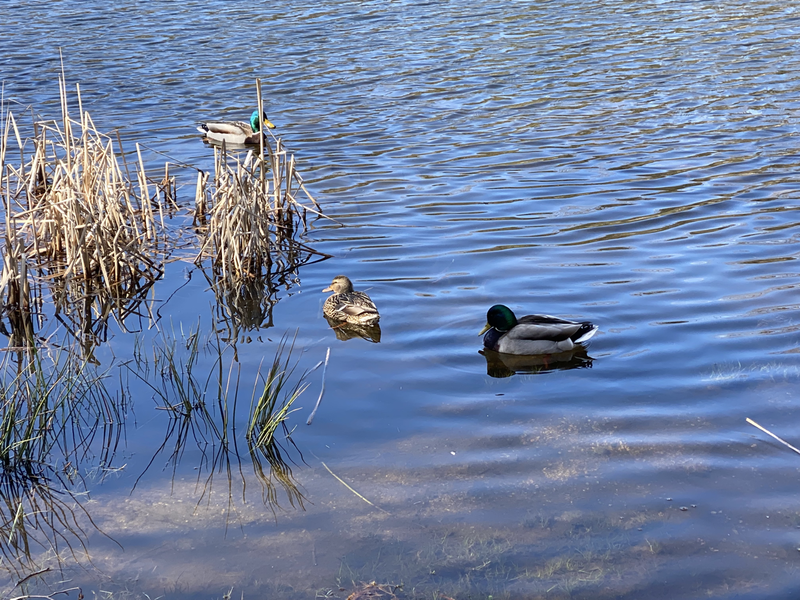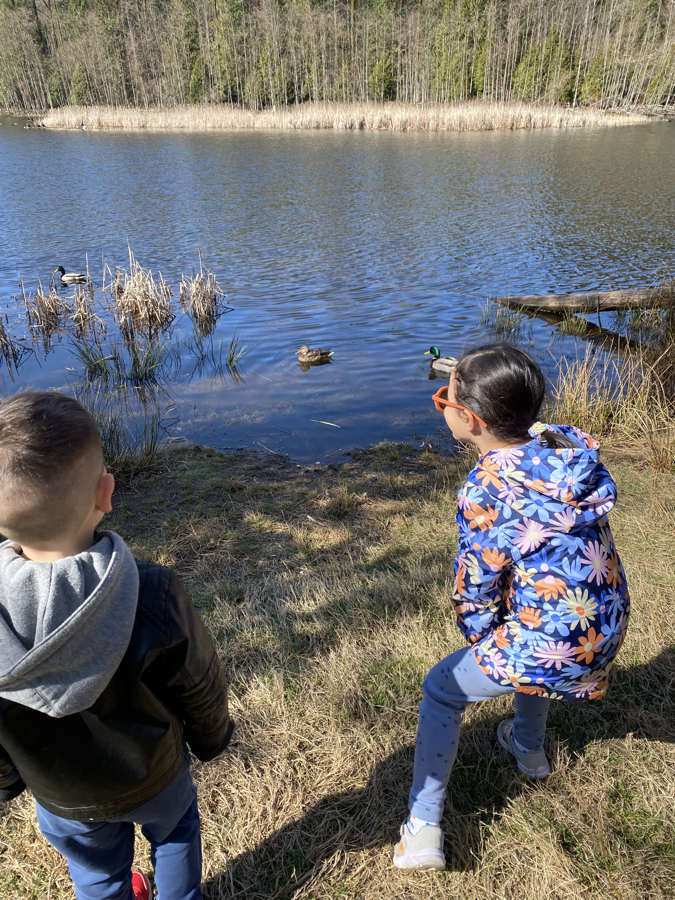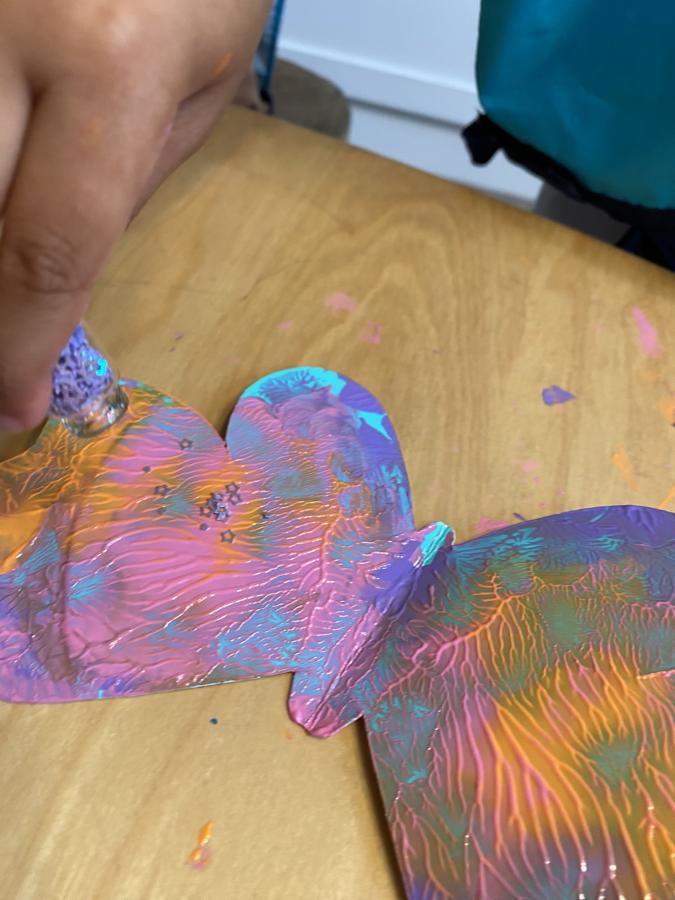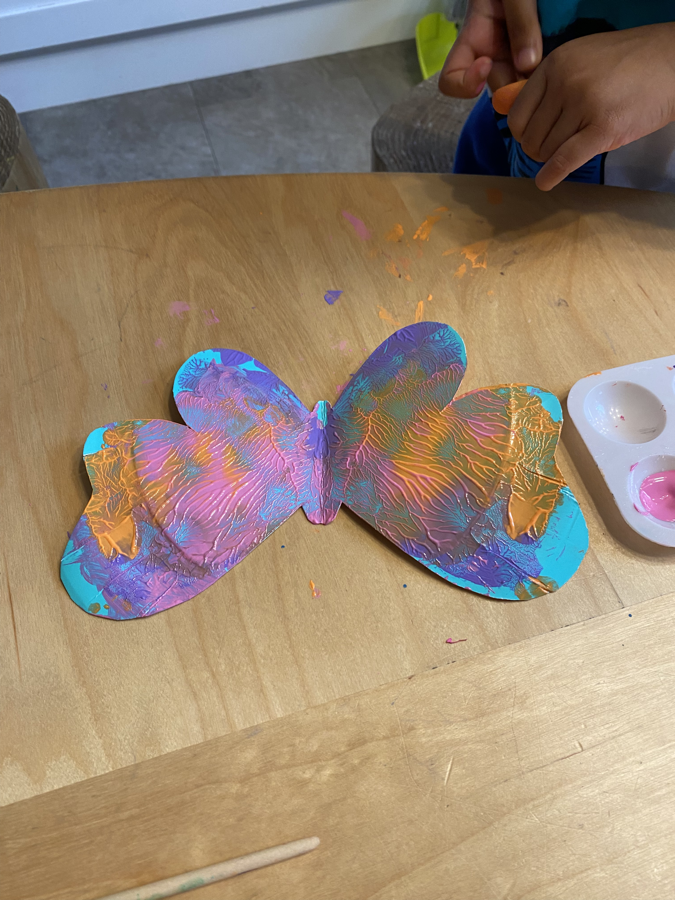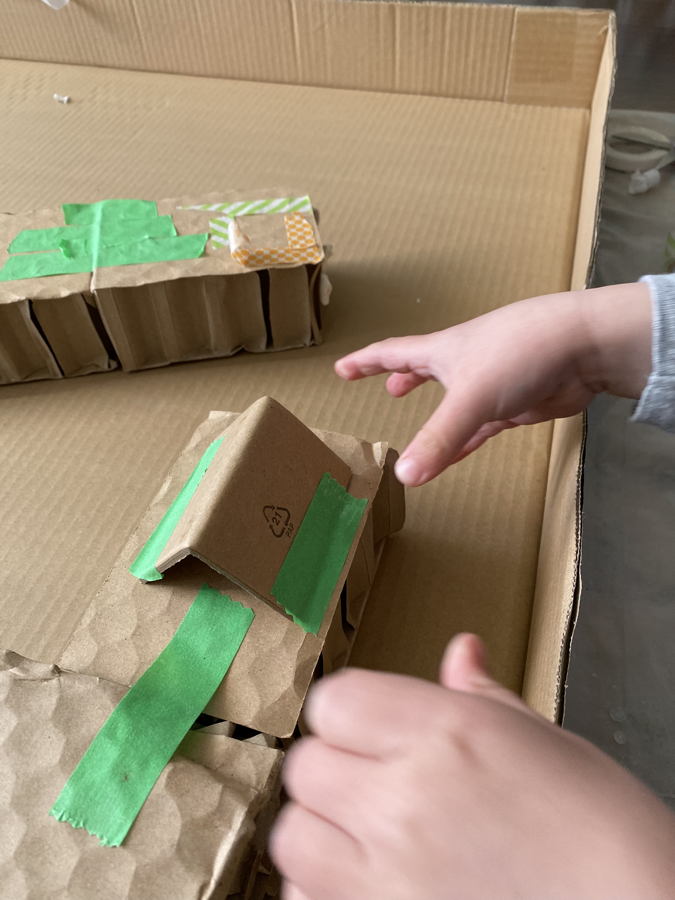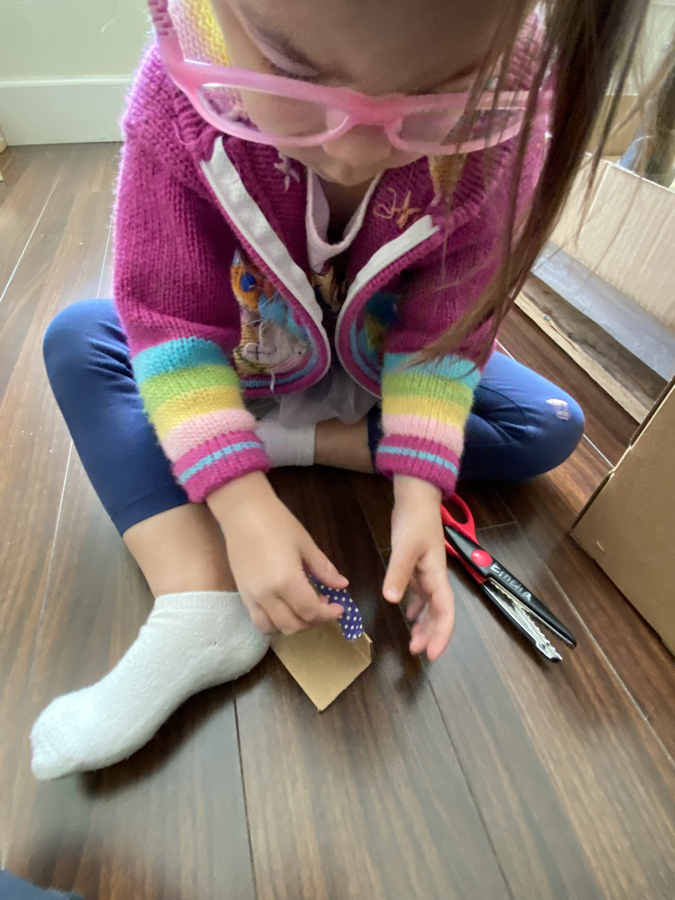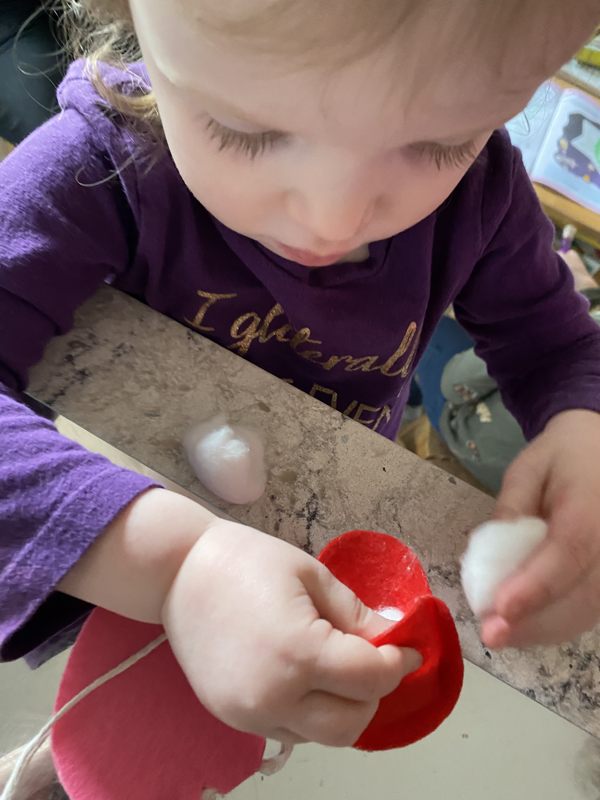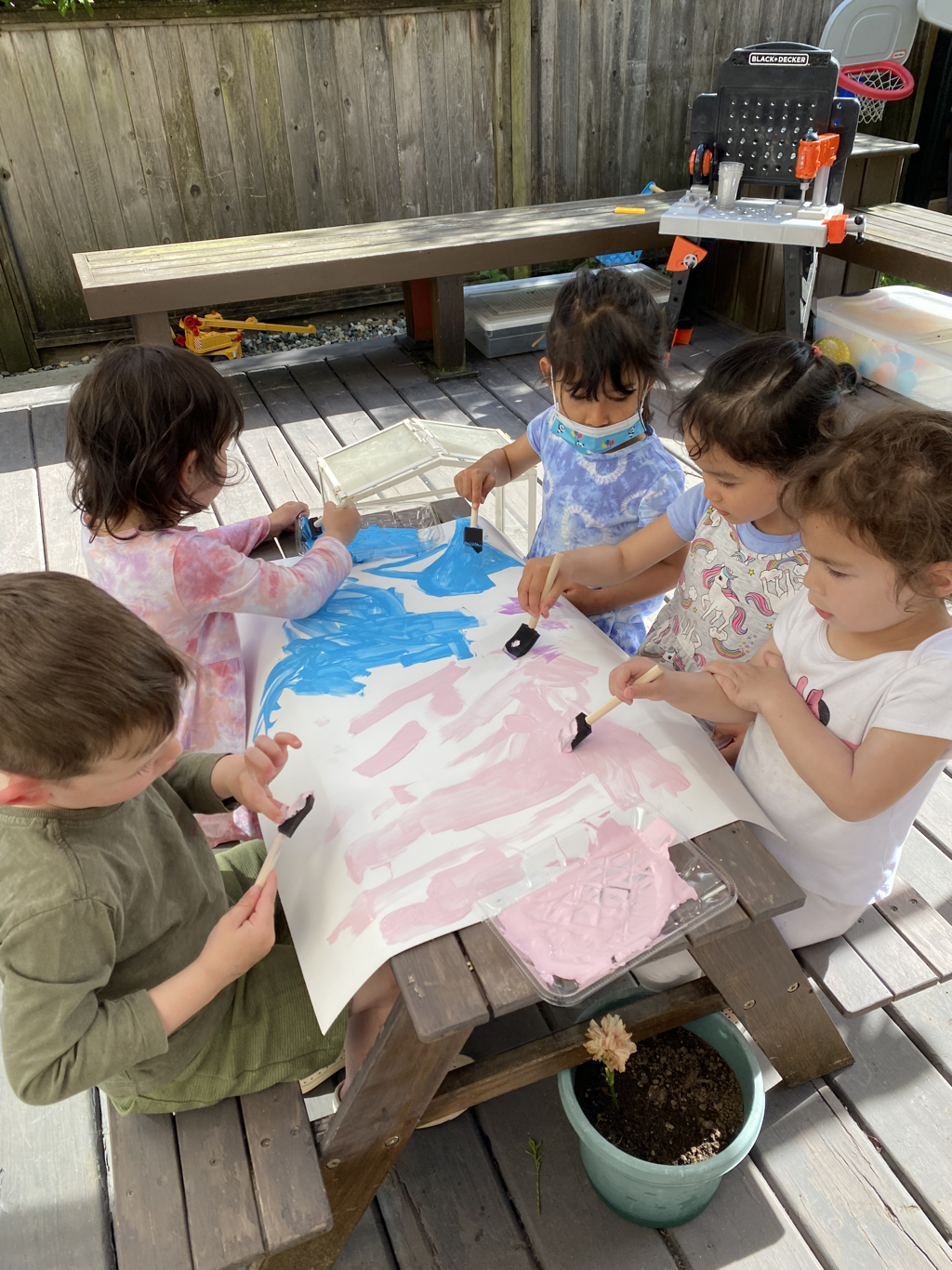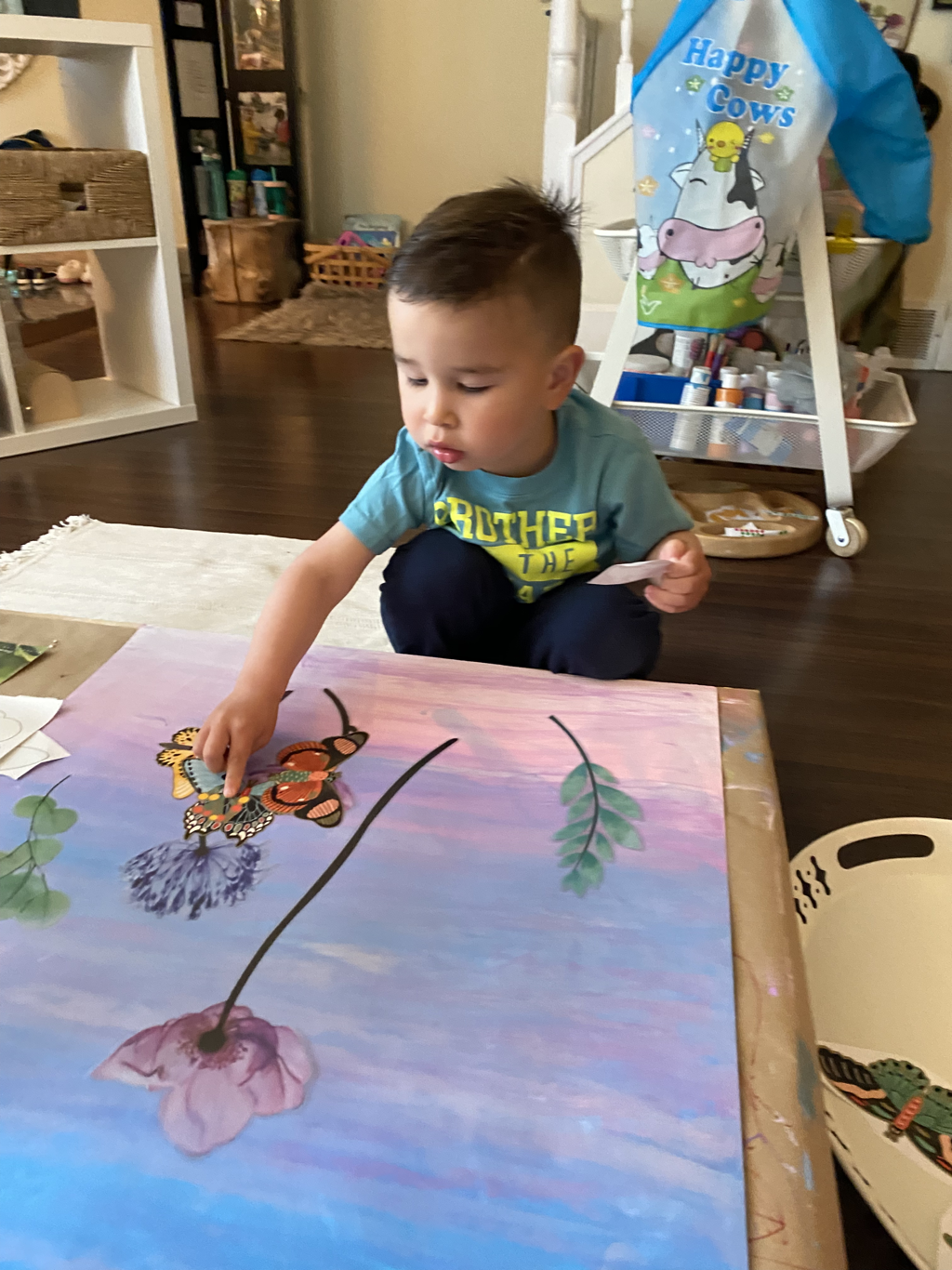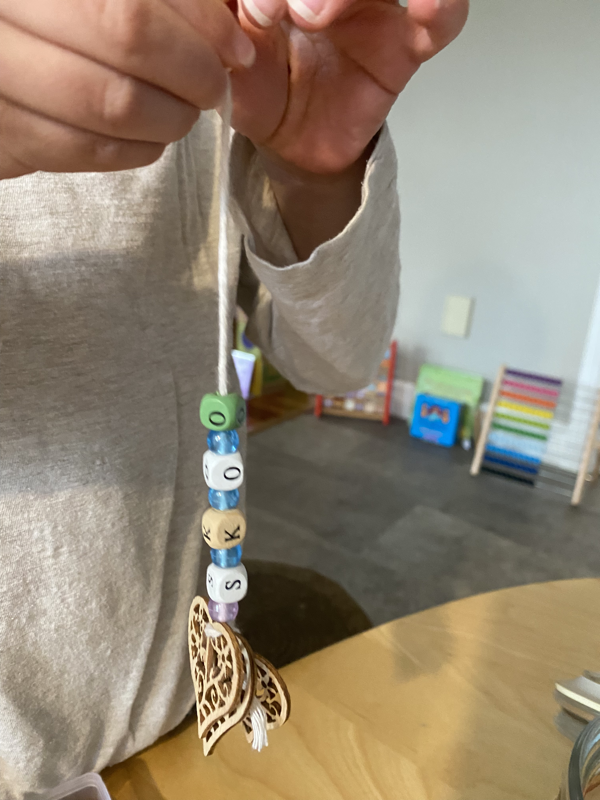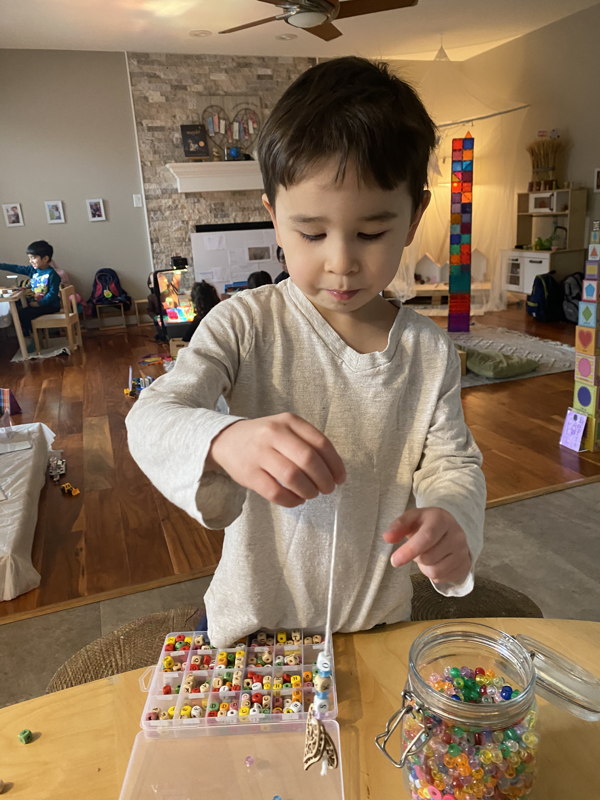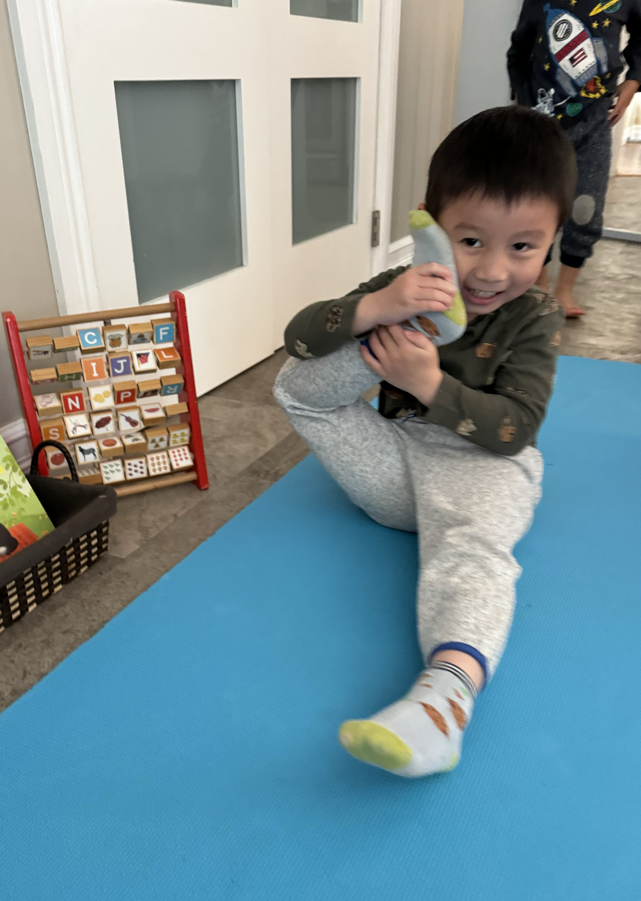|
Climbing is a unique domain for the study of perceptual and cognitive skills because climbers integrate complex yet stable arrangements of environmental properties (i.e., climbing holds) in similar ways to mind sports such as chess, where planned action and memory have examined (Chase & Simon, 1973; Engle & Bukstel, 1978; Reitman, 1976). Through climbing experiences, George and Arjun are unique in managing their cognitive tasks while engaging in an athletic movement where they must account for their body and physical capabilities in relation to environmental aspects. Given the difficulty of the task, climbers likely develop cognitive strategies that allow us to overcome the large amount of information we must process in order to plan motor sequences. With the weather warming up, it's becoming a more feasible time to come closer to the water, and there is nothing more fun than enjoy splashing and frolicking in the water on a sunny day! Furthermore, getting more acquainted with the water when being engaged with our environment builds our sense of understanding of our own abilities to affect and influence things. Once we feel confident by dipping our feet, then we can comfortably standing in a shallow water. Our interests in getting to know deeper of the life in the water under the drain are continuing. Listening to the sounds of our voices echoing and noticing through the gaps of the drain cover has been part of our curiosity nowadays. On one sunny day, George observes two long reddish-pink worms floating in the water. This discovery makes us think of the many possibilities for the worms. We come up with the following questions:
The collaborative learning that occurs has been engaging. We are actively engaged with one another to converse about this finding. We have been asking questions relating to and are offering one another different perspective of what we think of. We are sharing ideas on how we should care for the creatures and its relationships with environment. We display a sincere commitment to one another and ourselves to respect the natural environment through our conversations, prints, as well as on our drawings. Through pictures, children make communication with familiar people, they develop skills for living, and build a sense of trust (Kitahar & Matsuishi, 2002 ). In other words, the perception functions, sensibility/emotions and motor functions interact, and there, the factor of social experience is added and the picture is drawn onto paper. In other words, the extent to which we are conscious of the surroundings, the breadth of our vision has a great influence on the contents of our drawings. Moreover, in order to draw something, there is a need to have an interest in familiar matters and events. Sensitivity toward matters, things, feelings such as joy, anger, sadness and contentment, as well as the development of emotions, enriches our drawing learning experiences. Photography is a fabulous, and instant, creative medium that can help us to express ourselves and produce some unexpected artwork. It is one of our many ways to build our understanding of the world through expressive arts. Observing our baby caterpillars grow significantly every day has been a firsthand process of encountering life cycle. We watch them eat and eat, get bigger and bigger! In addition to noting all parts of their bodies, we too love to observe how they move. Moving along to crawl together makes us understand how slow and gravity-defying motion with flexible bodies. Putting our efforts to play some music for the caterpillars is our another learning experience to know them better. We are excited to seeing how they further grow and form the chrysalis in a few days to come! Our heartfelt thanks to families for the opportunity to share our learning processes together with our children. We appreciate your dedication, time, and passion to be with us in this journey of early childhood education. Till the next one! Kindest,
Children & Friends.
0 Comments
Leave a Reply. |
No part of this publication may be reproduced, distributed, or transmitted in any form or by any means, including photocopying, recording or any other electronic or mechanical methods, without the prior written permission of the publisher.
Archives
July 2024
|
